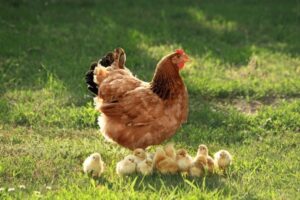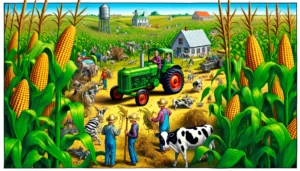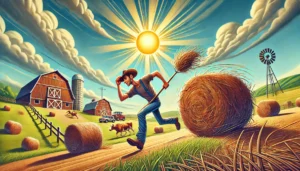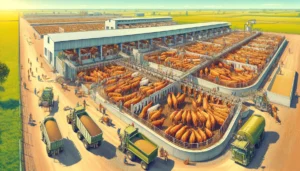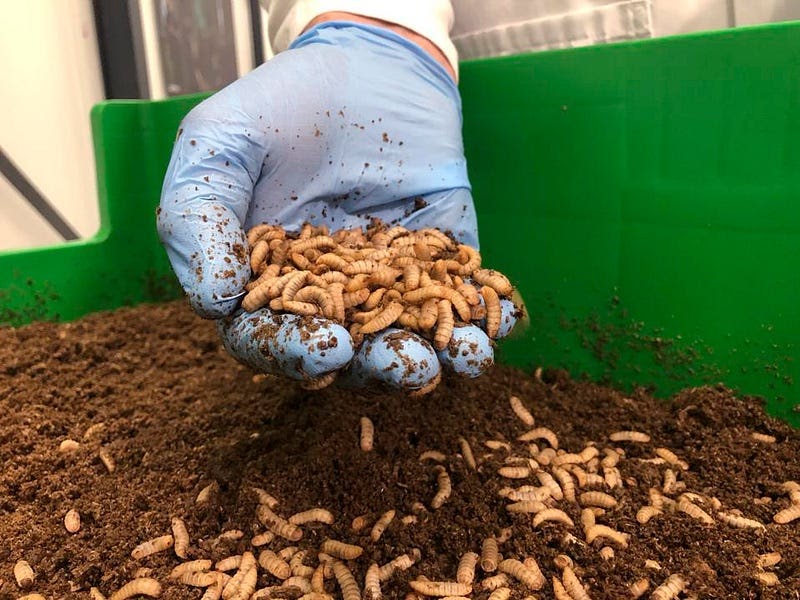
AEn0k vg7sS9BTpnRiLVPcQn1f C878TzBP0HXpwcXetw3WIRDOG O9ZupPb9GxVEzPs3AX9ytz9ICzr6 z dNPmwyPKs7oYZjAsSo2DR3jnnjlmp4nWiJLTgPdsfTxxS6Qw1200 h630 p k no nu.jpeg
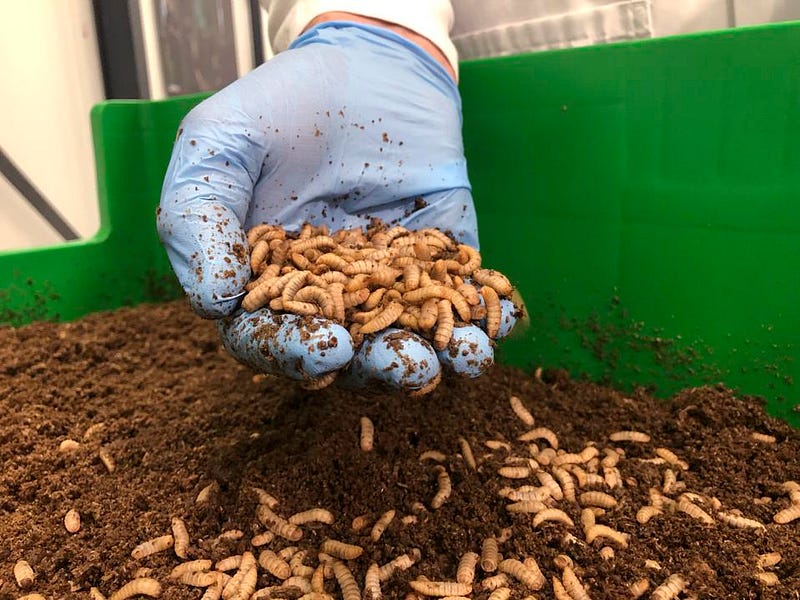
Black Soldier Fly Larvae (AP Photo/Aleks Furtula)
This article was originally posted on Forbes, January 11, 2022 as “Could Insects Play A Bigger Role In Our Food Supply?”
We are often told that something we can do to fight climate change, is to eat less meat or dairy. While there are certainly greenhouse gas issues with animal production, it is not that simple. But animals play a unique and indispensable role in our food supply– they can thrive on sources of nutrients that would otherwise be unavailable to humans. A familiar example would be the ruminants that can live on the cellulose in grasses both in pastures and from crops (cows, sheep, goats, etc.).
But there is an interesting source of feed for other farm animals that can’t use cellulose: Insects. Most people are not attracted to the idea of eating insects directly (although some cultures have included insects in their diets). A more broadly appealing option is to use insects to feed animals like poultry, hogs and fish because they can do well on that diet. This article will describe a pair of companies that are scaling up this potential food supply enhancement.
The leading insect candidates for this approach are crickets, mealworms and Black Soldier Flies. What these organisms can do for us is to “up-cycle” nutrients from various food system “side-streams” and/or from food waste. Then protein and lipid products can be derived from those insects to feed to animals in order to produce nutritious and widely appreciated human foods. This is also an attractive option for pet food.
A recent, large-scale example of this strategy involves the French insect-rearing company Agronutris and the Swiss, family-owned, global technology company Bühler. Together these two companies have announced the construction of a plant in Rethel, France which will be operational in 2023. It will employ larvae of an insect called the Black Soldier Fly to process 70,000 metric tons of low value side-stream feeds which will then be converted to high value protein and lipids that will be ingredients for feeding animals and pets. The overall recovery rate from the process is high with 70% of the dry mass protein in the starting side-stream material being converted into insect protein. Agronutris has plans for a second, 210,000 metric ton facility in France with a longer-term vision for global expansion.
For the plant in Rethel, Agronutris is leveraging ten years of experience optimizing the the biology of insect rearing and growth. Bühler engineers the insect feed preparation, the larvae growth units, climate control, and separation of larvae from the left-over feed and insect frass (insect poop) at the end of rearing. They also engineer a pasteurization step, and extraction of the clean final products. They will also optimize the system by collecting and analyzing 350MM process-related data points per day. This should take care of any “bugs in the system”–except of course the main actors. As for the frass etc. — that becomes a good soil amendment for local farms.
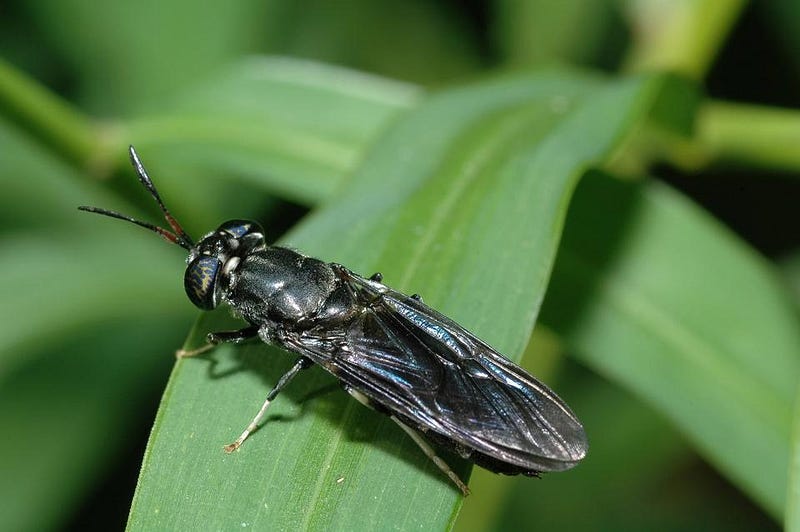
Source link
2022-01-20 17:38:00
Karl Hoffman is a distinguished agriculturalist with over four decades of experience in sustainable farming practices. He holds a Ph.D. in Agronomy from Cornell University and has made significant contributions as a professor at Iowa State University. Hoffman’s groundbreaking research on integrated pest management and soil health has revolutionized modern agriculture. As a respected farm journalist, his column “Field Notes with Karl Hoffman” and his blog “The Modern Farmer” provide insightful, practical advice to a global audience. Hoffman’s work with the USDA and the United Nations FAO has enhanced food security worldwide. His awards include the USDA’s Distinguished Service Award and the World Food Prize, reflecting his profound impact on agriculture and sustainability.

